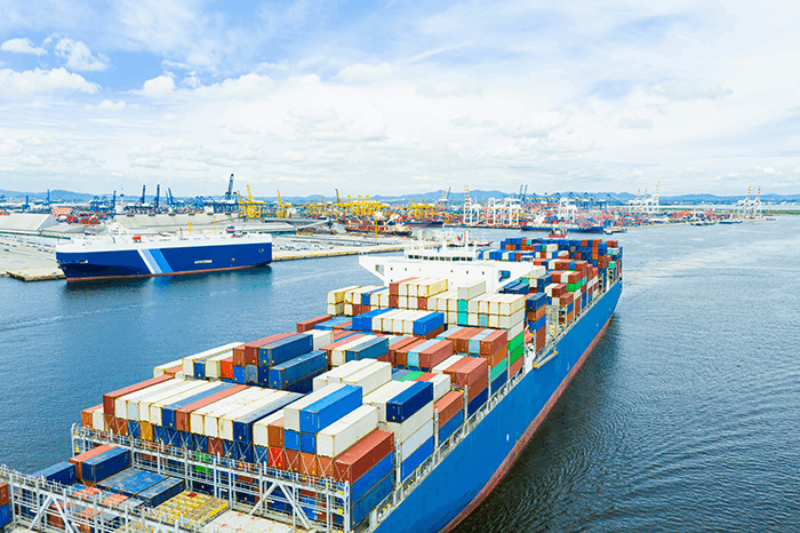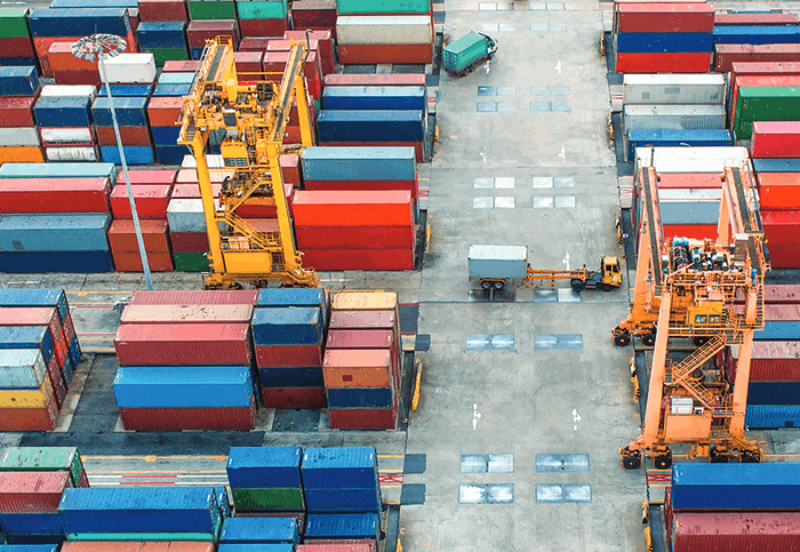Time:2022-05-24 Publisher:Kevin Num:5480

Some time ago, workers at the west American wharf negotiated with the employers of the Pacific Maritime Association on labor contracts. However, unexpected circumstances have emerged in this negotiation.
According to relevant media reports, the international wharf and storage Union (ilwu), which represents dock workers, requested for the first time to suspend negotiations with the management representative of the Pacific Maritime Association (PMA).
According to the industry, ilwu's strategy is suspected of "preparing for the strike", which may detonate the biggest port congestion crisis since the epidemic.
The Biden administration has told labor and management that it will not tolerate the interruption of the west coast port this year.
Since the establishment of the port envoy office last autumn, the Biden administration has met with stakeholders on the West Coast almost every week.
A member of the working group previously said that the White House made it clear to employers and trade unions that it would not tolerate a slowdown in the work of dockers or a shutdown by employers this year.
American ports may fall into congestion crisis again
According to the data of the port authorities of New York and New Jersey, as of the 13th of this month, an average of 14 container ships were still stranded outside the port waiting for berths every day.
This figure is already the highest level since the beginning of the epidemic. Moreover, it takes 10 days for each ship to wait after arriving at the port.
According to US media reports, since the ports of Los Angeles and long beach on the west coast of the United States continued to be "flooded" by containers last year, many ships tried to bypass the ports in Southern California.
Therefore, Oakland port in California, Savannah port and Charleston port in South Carolina have become the second best choice. Now most of the ships are flocking to the ports of New York and New Jersey on the east coast.

Cargo handling at ports in New York and New Jersey has been in trouble since the beginning of the year due to the extended pick-up time of shippers and the accumulation of empty containers waiting to be transported overseas.
Today, the container yard of the east coast port is filled with 120000 empty containers, more than twice as many as usual. At present, the carrying capacity of some terminals has exceeded 100%.
As the summer shipping season approaches, port officials are negotiating with shipping companies, truck drivers and warehouses to ease congestion.
In the past April, the import volume of the top ten ports in the United States increased by 7.1%, while the increase in March was only 3.5%, showing a significant increase.
Moreover, the port throughput of the east coast and Mexico has exceeded that of the west coast for 11 consecutive months.
Data show that the throughput of the east coast and the Gulf of Mexico increased by 18.7% in April, while that of the West Coast decreased by 3.4%.
"Freight volume continues to grow at a record rate and may not slow down soon. We are preparing for a possible surge in transport demand in the summer," said Mario Cordero, executive director of Long Beach port.



